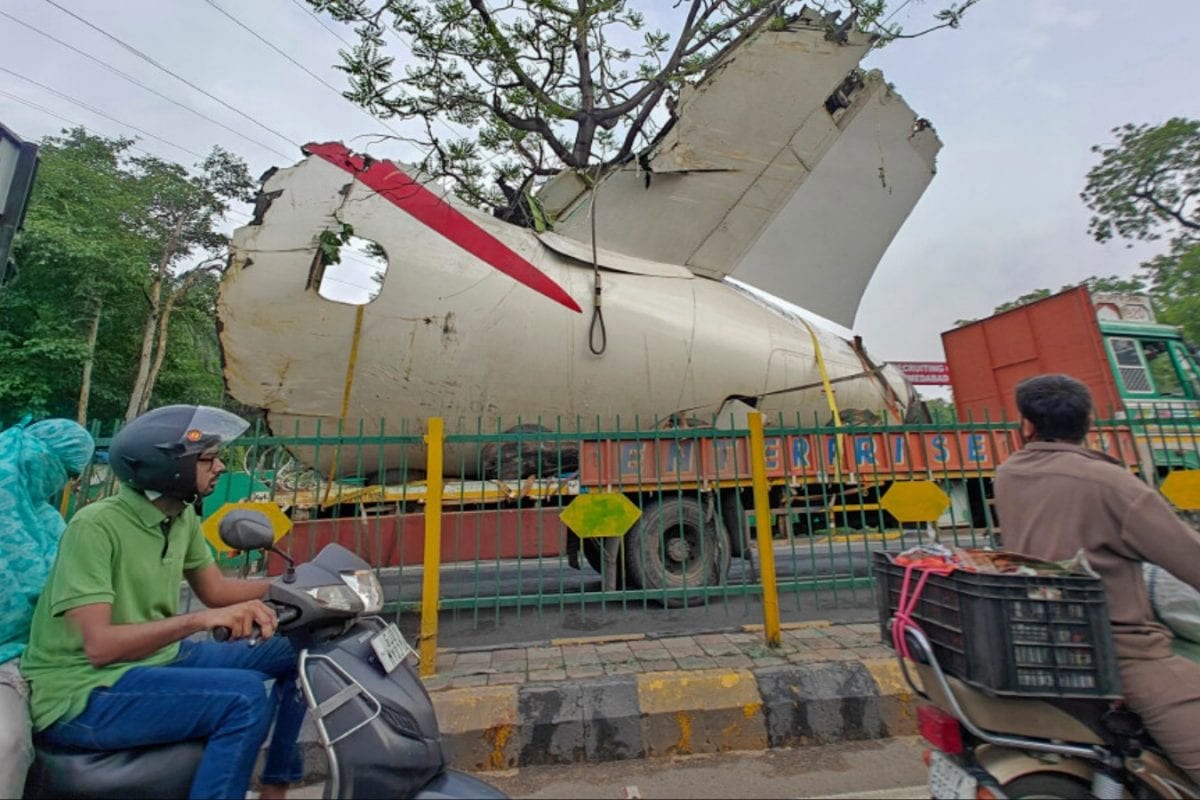

The investigation into the Air India Flight AI171 crash in Ahmedabad on June 12, 2025, which resulted in 274 fatalities, is increasingly focusing on the possibility of a dual engine failure. The Boeing 787-8 Dreamliner, bound for London Gatwick, crashed shortly after takeoff from Sardar Vallabhbhai Patel International Airport, killing all but one of the 242 people on board, as well as nearly 30 people on the ground.
Focus on Technical Malfunction
Preliminary findings, along with a flight simulation conducted by Air India pilots, suggest that a technical malfunction, specifically a simultaneous engine failure, may be the primary cause of the accident. According to sources familiar with the investigation, the simulation involved recreating the flight's conditions, including the landing gear being down and wing flaps retracted. The results indicated that these configurations alone would not have led to a crash. This has led investigators to focus more on a potential technical fault as the reason for the accident.
Further bolstering this theory is the discovery that the aircraft's ram air turbine (RAT), an emergency power generator that activates when both engines fail, was deployed moments before impact. While the RAT provides crucial electrical power during system failures, it cannot generate aerodynamic lift.
Pilots' Account and Initial Findings
Captain Sumeet Sabharwal, the pilot of Flight AI171, radioed air traffic control shortly after takeoff, reporting "No thrust. Mayday, mayday". This communication, coupled with the activation of the RAT, strongly suggests a loss of engine power. Aviation experts who reviewed visual recordings of the crash noted the forward tilt of the landing gear, indicating that the flight crew had begun retracting the wheels. The unopened landing-gear doors, combined with the gear position, suggest potential power loss or hydraulic system failure.
Other Possible Causes
While the focus has shifted towards technical malfunction, investigators are also considering other potential causes, including sabotage and fuel contamination. Murlidhar Mohol, India's civil aviation minister, stated that all angles are being assessed, and CCTV footage is being reviewed. Fuel contamination can cause a double engine failure, and investigators will examine the fuel used, the maintenance of refueling equipment, and where the fuel was stored. However, experts believe sabotage is a less likely cause.
Investigation Details
The Aircraft Accident Investigation Bureau (AAIB) is conducting a full investigation into the crash. The cockpit voice recorder (CVR) and flight data recorder (FDR) have been recovered and are being analyzed in New Delhi. The AAIB is expected to publish a report on the causes of the crash within three months.
The preliminary probe report is expected to be released by July 11, 2025. This report will include details about the aircraft, the crew, conditions at the Ahmedabad airport, and the weather on June 12. It will also outline the progress of the probe, the next steps to be taken, and areas needing further investigation.
DGCA's Actions
Following the crash, the Directorate General of Civil Aviation (DGCA) ordered a thorough inspection of all 33 Boeing Dreamliner aircraft in India.
Past Incidents
Adding to the concerns, another Air India flight, AI 187, en route to Vienna, experienced a near-disaster shortly after takeoff from Delhi just 38 hours after the Ahmedabad crash. The Boeing 777 faced stall warnings and altitude loss due to severe thunderstorm conditions. The DGCA has launched a probe into this incident as well.